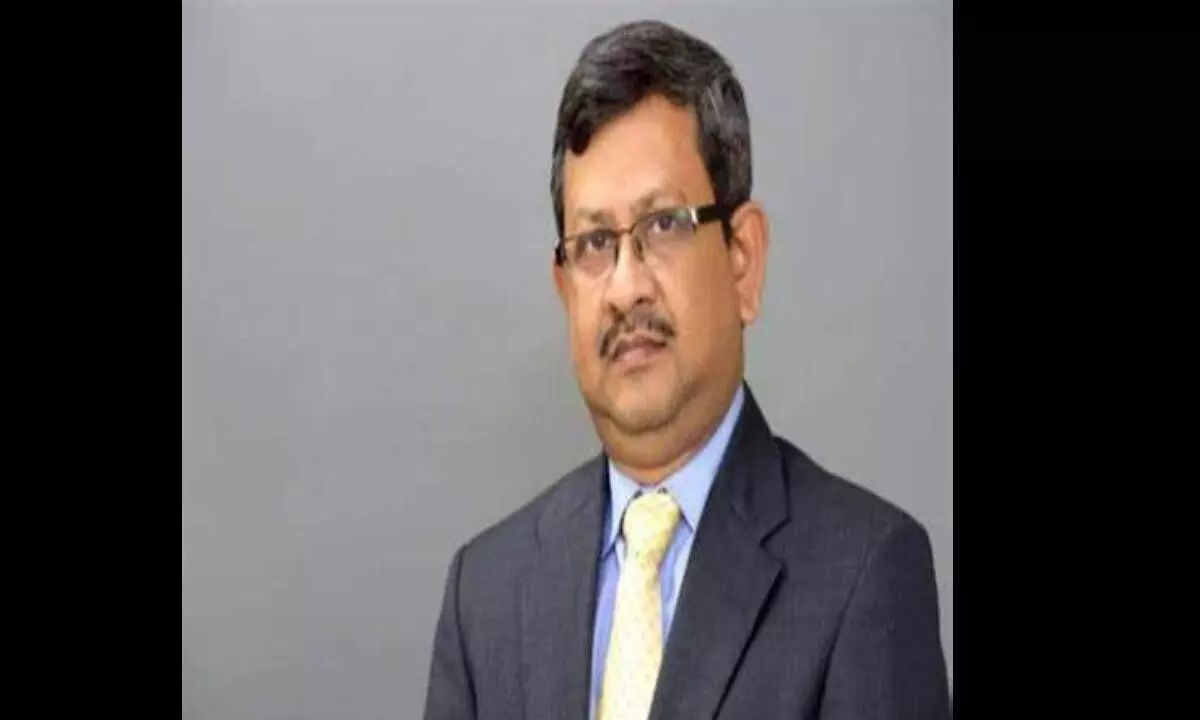Economist Indranil Pan expects two more hikes to reach terminal rate
After hiking the rates by 50 bps at the last three policy meetings, the Reserve Bank of India delivered a 35-bps hike at its Monetary Policy Committee meeting last week. The governor indicated that the RBI delivered a hike that was akin to the market consensus but stopped short of any discussion if it was therefore a good monetary policy or not.
image for illustrative purpose

After hiking the rates by 50 bps at the last three policy meetings, the Reserve Bank of India delivered a 35-bps hike at its Monetary Policy Committee meeting last week. The governor indicated that the RBI delivered a hike that was akin to the market consensus but stopped short of any discussion if it was therefore a good monetary policy or not.
At the press meet, Deputy Governor Reserve Bank of India, Dr Michael Patra indicated that all the options were discussed – that of a 25, 35 and a 50 bps increase but the committee chose to do a 35 bps. While the extent of the rate increase was as per market expectations, some were also possibly looking for a signal that the RBI has come to an end to the cycle. This is a space where the RBI disappointed the market. It was a split 4:2 decision that favoured a retention of the stance of "remaining focused on withdrawal of accommodation".
What emerged from the monetary policy commentary is that the policy makers remained more uncertain about the inflation trajectory than the growth trajectory. GDP is now being expected at 6.8 percent for FY23 by the RBI (Yes Bank estimate at 6.9 percent). The consumer confidence survey that was available to the RBI before the decision indicated that the future expectations index of consumer confidence improved, after being steady in the previous three rounds of survey. Households displayed lower pessimism on the prevailing employment conditions vis-à-vis the previous survey round.
More importantly, they were more optimistic on the employment outlook. And what was heartening to see in the survey was that the outlook on discretionary spending moved to the positive terrain for the first time since the onset of the pandemic. What this indicates is that even with interest rate increases and sticky inflation, domestic demand is holding up well. The positive story on domestic demand is important as global growth headwinds are likely to become stronger in 2023 than in 2022.
In my opinion, the focus for the moment is once more squarely on inflation. At the press conference, the RBI governor stated that the worst of inflation is behind us but, the battle is not yet over. No doubt there are some positive news on the inflation front. Food inflation is expected to cool with the arrival of the winter crop (this has led to a sharp drop in the vegetable prices in November). This is likely to enable the Headline retail inflation to progressively come down.
On the other hand, global crude oil prices are lower, but this might not have any significant impact on the headline CPI as pump prices of diesel and petrol have been held steady since May 2022. As per the survey of the RBI, 3-month and 1-year ahead inflation expectations of the households has come down by 40 bps and 20 bps respectively.
The headache however is the core inflation that is exhibiting stickiness. Core increased on a sequential basis of 0.6 percent in October, higher than 0.4 percent in September. It is estimated by YES Bank to have come down to 0.5 percent for November, but the crucial reason behind this is a seasonal drop in the Housing price momentum. In most of the other years, we witness a sharp drop in momentum of price increase for the housing sector in November.
It is also important to note that that with the opening of China, prices of metals (such as aluminum, zinc, and copper) had been on the rise. Resurgence in activity in the domestic services sector has also led to an increase in the service sector inflation.
Effectively, the uncertainty quotient on the core and thus also on the Headline retail inflation remains strong. Due to significant moving pieces, a divergence surely exists between the RBI forecasts and the Professional Forecasters' Survey (PFS) that is regularly done by the RBI ahead of any monetary policy meeting. While the median forecast from PFS on Headline CPI is at 6.1 percent in Q4FY23, the RBI estimates it at 5.9. The range of estimates is also large, varying from 5.5-6.4 percent.
Ahead of the next meeting, the RBI will have the benefit of two more data points on inflation, The US Fed meeting on December 14 (keenly watched will be the future rate outlook), and the Union budget.
But of note is that for H1FY24, the RBI has forecasted a 5.2 percent average Headline CPI inflation but points out that "but will still remain well above the target". This could mean that the RBI will be searching for the 4 percent target, after it manages to bring inflation lower than the upper threshold level of 6 percent. We now predict for two more increases in the repo rate by 25bps each – once in February and the other in April, to reach a terminal rate of 6.75 percent and hold at this level for an extended period.
Disclaimer: The views and investment tips expressed by investment experts on Bizzbuzz.news are their own and not those of the website or its management. Bizzbuzz.news advises users to check with certified experts before taking any investment decisions.#Economy #Expert Columns #Indranil Pan #RBI monetary policy

